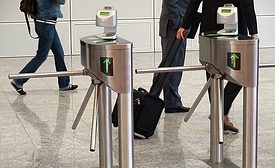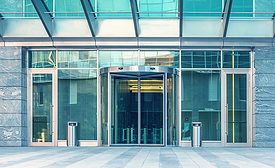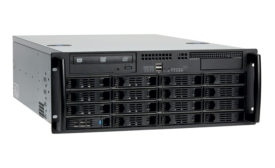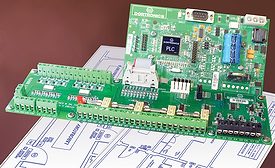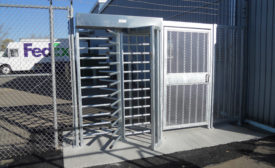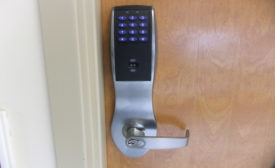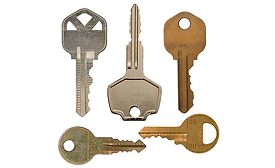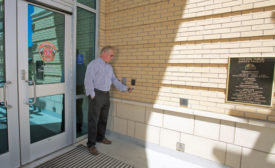Home » access management tools
Articles Tagged with ''access management tools''
Part II of the Series on How Security Entrances Affect an Organization’s Bottom Line
Read More
How Do Security Entrances Affect an Organization's Bottom Line?
Part 1: Defining Basic Tailgating Prevention Capabilities and Goals
August 8, 2016
NVR Leverages the Cloud for Streamlined Operations
Percept NVR Line from Toshiba
August 1, 2016
Blue Collar Security and Access Systems for Industrial Manufacturing
The typical types of access control at industrial and manufacturing organizations are card access and video at the highest level, with tightly controlled time and attendance and visitor management.
August 1, 2016
Re-Engineered for Longevity, Aesthetics and Flexibility
Turnlock Side Gate from Boon Edam
July 1, 2016
Sign-up to receive top management & result-driven techniques in the industry.
Join over 20,000+ industry leaders who receive our premium content.
SIGN UP TODAY!Copyright ©2024. All Rights Reserved BNP Media.
Design, CMS, Hosting & Web Development :: ePublishing
